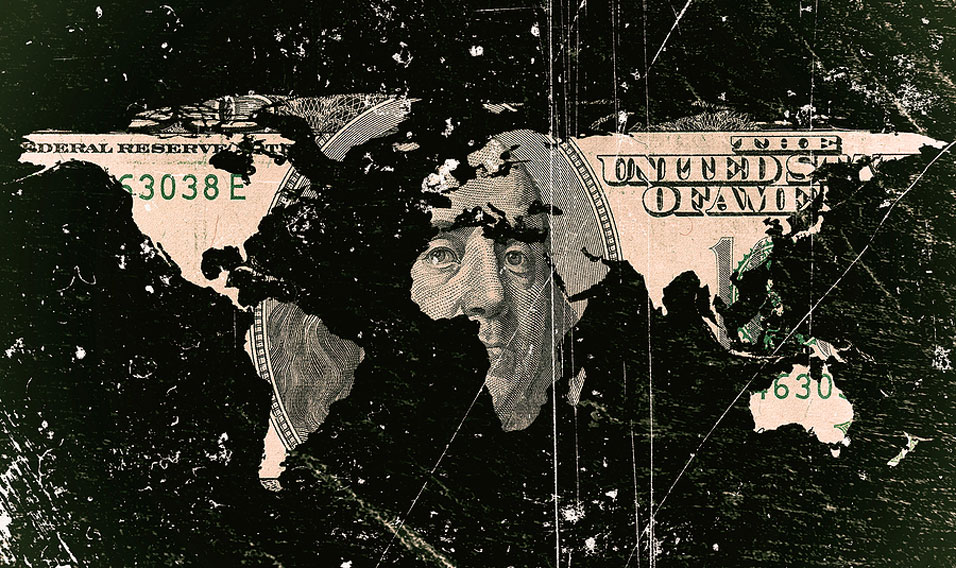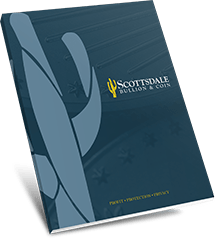 Investors are painfully aware of America’s surging debt problem, but there can be a general sense of confusion about which countries own US debt. This isn’t a trivial aspect of the debt conversation since these creditors wield significant leverage over the domestic economy. As a result, several foreign nations pose a serious and not-so-indirect threat to the savings and nest eggs of everyday Americans. Investors should know who the US is in debt to when building a comprehensive and accurate understanding of their portfolio’s risk profile.
Investors are painfully aware of America’s surging debt problem, but there can be a general sense of confusion about which countries own US debt. This isn’t a trivial aspect of the debt conversation since these creditors wield significant leverage over the domestic economy. As a result, several foreign nations pose a serious and not-so-indirect threat to the savings and nest eggs of everyday Americans. Investors should know who the US is in debt to when building a comprehensive and accurate understanding of their portfolio’s risk profile.
How National Debt Works
Since the nation’s founding, the US government’s spending has nearly always outpaced its revenue. To bridge that gap in funds, the country has had to borrow money from both private and public creditors. The federal government sources that funding through the issuance of Treasury-backed securities in the form of notes, bills, and bonds. The Federal Reserve is in charge of producing these assets which private, institutional, and governmental actors purchase due to the US dollar’s perceived stability, security, and value. The Treasury securities are effectively IOUs given to creditors by the federal government, promising the repayment of the principal amount along with interest. The ownership of US debt is reflective of the creditors who lend the government money through the purchase of these securities.
👉 Related reading: Current U.S. National Debt Visualized
Who is the US in debt to?
Generally, national debt falls into two main buckets: intragovernmental and public debt.
Intragovernmental Debt
As the name suggests, the type of debt refers to the lending of funds from one part of the federal government to another. Intragovernmental debt only accounts for around 20% of the national debt which is why it’s not discussed nearly as much as other forms of debt.

Everything you need to know to get started in Precious Metals
Learn how precious metals can strengthen your portfolio, protect your assets and leverage inflation.
Public Debt
The other 80% of US debt is composed of a diverse array of public creditors, defined as any entity outside of the federal government. This includes domestic and foreign individuals, banks, companies, municipal and state governments, and even foreign governments. Most investors are concerned with public debt given its disproportionate size and the potential for foreign influence.
Which countries own US debt?
| Country | Amount of US Debt Held (in billions) | % of Foreign-Held Debt |
|---|---|---|
| Japan | $1098.2 | 14.52% |
| China | $769.6 | 10.17% |
| United Kingdom | $693.0 | 9.16% |
| Luxembourg | $345.4 | 4.57% |
| Cayman Islands | $323.8 | 4.28% |
| Ireland | $299.4 | 3.96% |
| Belgium | $285.4 | 3.77% |
| Canada | $281.5 | 3.72% |
| Switzerland | $275.7 | 3.64% |
| France | $235.1 | 3.11% |
| Taiwan | $231.4 | 3.06% |
| India | $222.0 | 2.93% |
| Brazil | $219.4 | 2.90% |
| Hong Kong | $199.1 | 2.63% |
| Singapore | $190.5 | 2.52% |
| Norway | $121.2 | 1.60% |
| Saudi Arabia | $117.5 | 1.55% |
| South Korea | $112.8 | 1.49% |
| Germany | $104.5 | 1.38% |
| Bermuda | $89.0 | 1.18% |
| All Other | $1350.4 | 17.85% |
Source: https://ticdata.treasury.gov/resource-center/data-chart-center/tic/Documents/slt_table5.html
Currently, the US owes nearly $8 trillion to foreign countries which collectively own almost 25% of total US debt. Together, Japan and China comprise over a quarter of foreign-held debt at $1.1 trillion and $770 billion, respectively. For years, China led the pack of investors until it shed hundreds of billions worth of US Treasuries in 2016, yielding the top position to Japan.
The United Kingdom is a close third, holding over $693 billion of US debt. The tax havens of Luxembourg and the Cayman Islands, which are home to several wealthy hedge funds, close out the top five investors in US Treasury assets at $345.4 and $323.8 billion each. Other offshore tax shelters such as Hong Kong, Singapore, and Bermuda also make the list of top investors.
From a geopolitical perspective, OPEC nations own over a quarter of a trillion of US debt and Europe holds around $1.5 trillion. Investments from the 20 countries in the list above comprise over 82% of foreign-owned US debt. The Asia-Pacific region also accounts for a significant portion of foreign investment in US treasuries, led by Japan, China, and South Korea.
The Shift From US Debt to Gold
For nearly a century, the US dollar has maintained the coveted status as the world reserve currency. Its reputation as a stable and strong currency made it the de facto standard upon which all other countries built their economies. This is the primary reason the US debt has been able to grow exponentially. The worldwide demand for the greenback made borrowing a cinch.
However, that dollar-dominated status quo is under attack as countries shed their US treasury holdings in favor of physical gold. Between 2017 and 2022, gold as a percentage of global central reserve holdings jumped from 9.7% to 12.9%. Those impressive gains were followed up by record-setting central bank gold demand throughout 2023.
The ballooning US debt problem along with the government’s feckless fiscal policies are rapidly eroding global confidence in USD. This has prompted a massive de-dollarization trend as countries trade the risks of holding American debt for the advantages of investing in physical gold – one of the most secure and valuable assets.
Why Investors Should Care
Savvy investors are paying attention as the wealthiest, most informed, and most powerful investors in the world second-guess the viability of US debt. As discussed before, a significant portion of the national debt is held by everyday American investors. Many people taking cues from central banks by reducing their dependence on debt-backed assets and shifting into gold.
Unlike Treasury bills, bonds, or notes, gold prices aren’t dependent upon the performance of the US government. These safe-haven assets boast inherent value with the tendency to maintain and even rise in value as the rest of the economy sinks.
Interested in learning more about diversifying your portfolio with gold?
Grab a FREE copy of our Precious Metals Investment Guide. It covers everything you need to know about investing in gold and other precious metals to protect your wealth against economic uncertainty.


